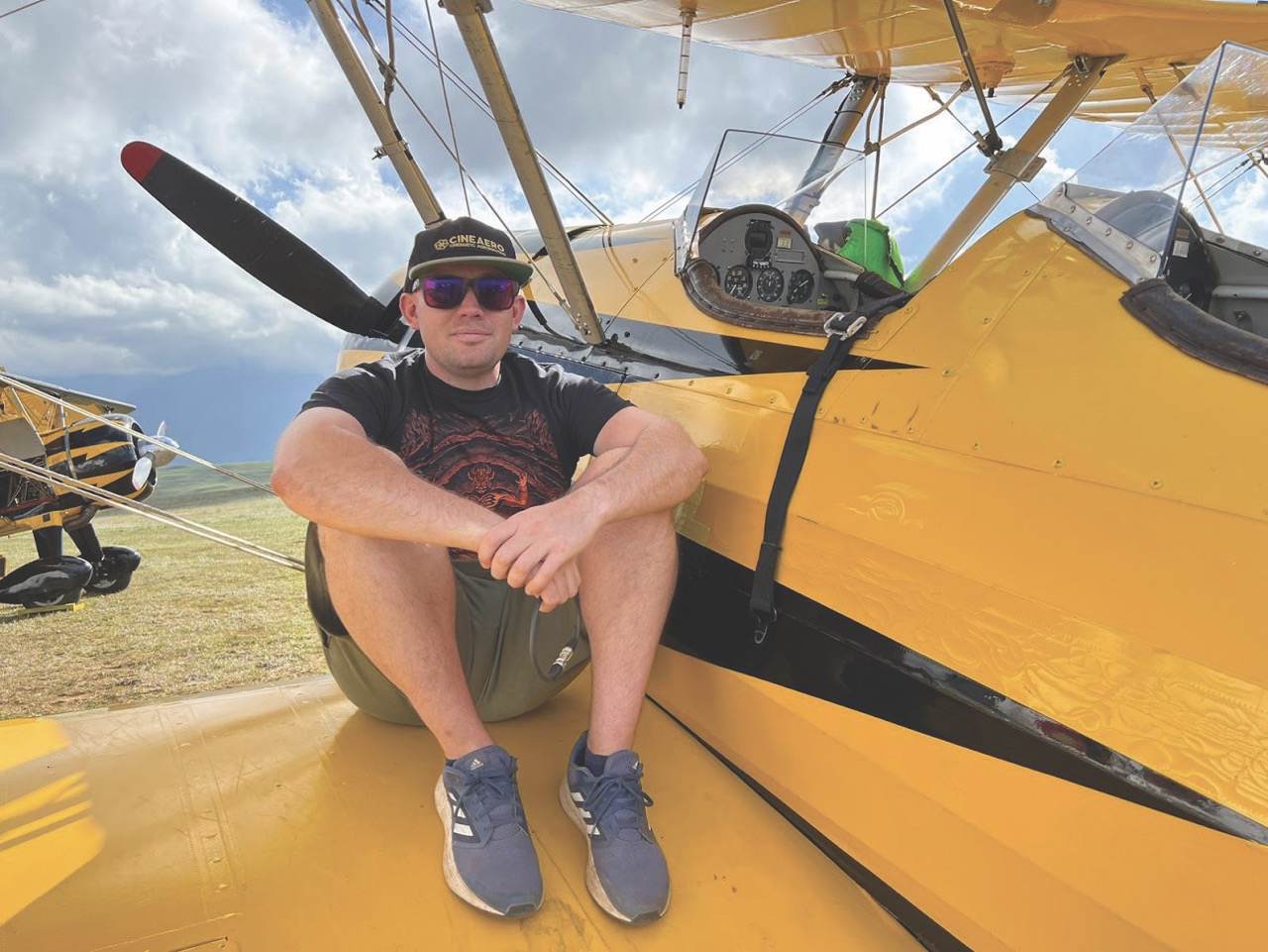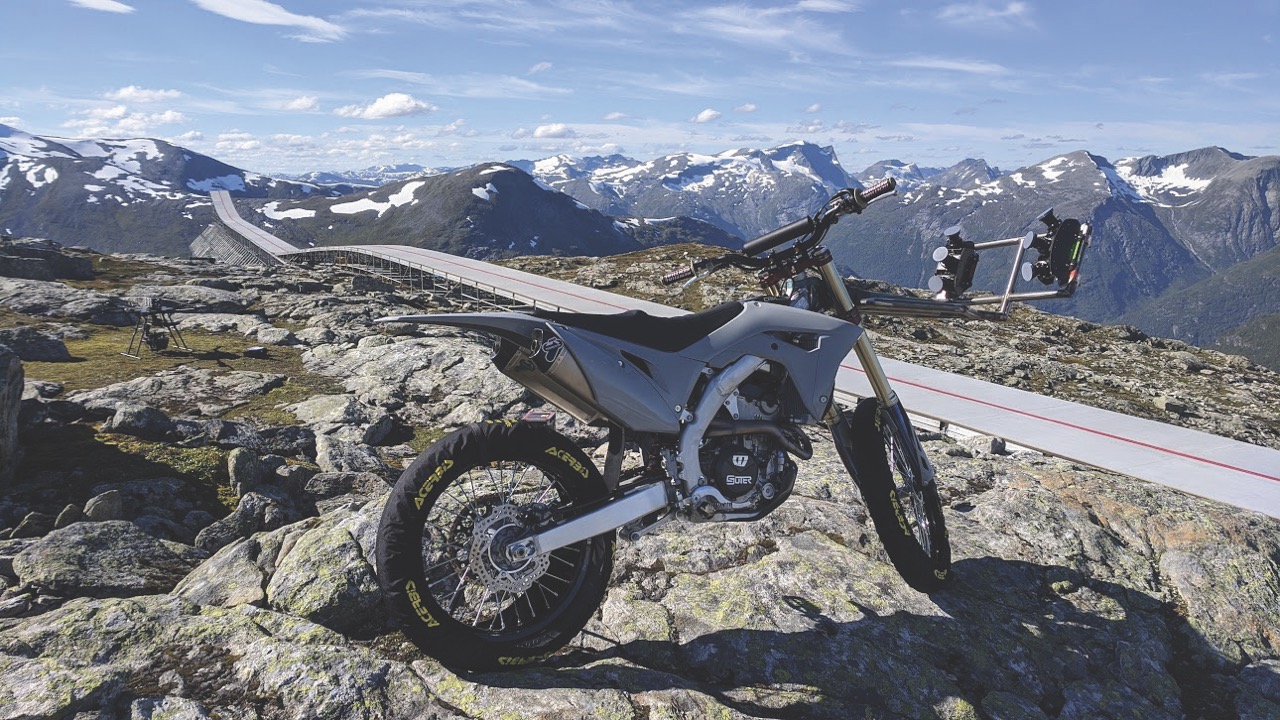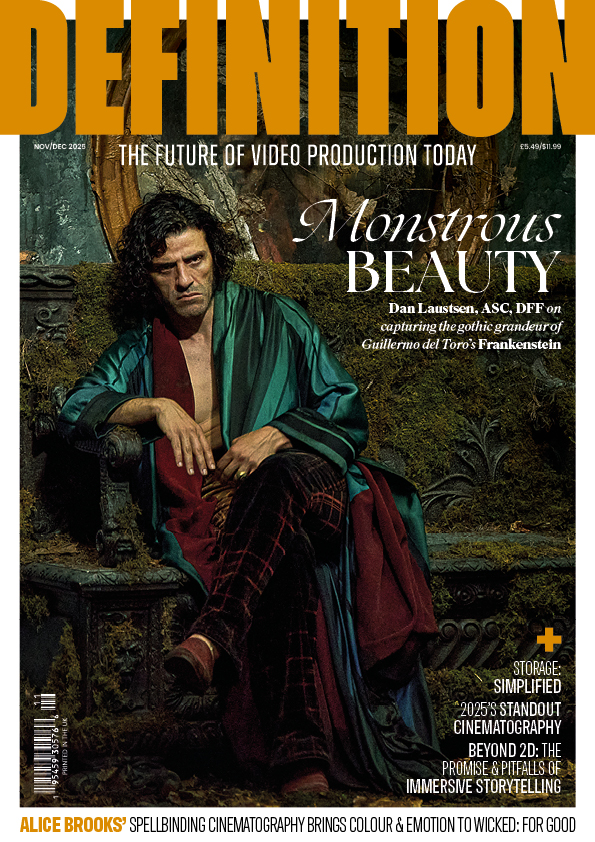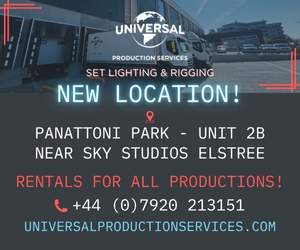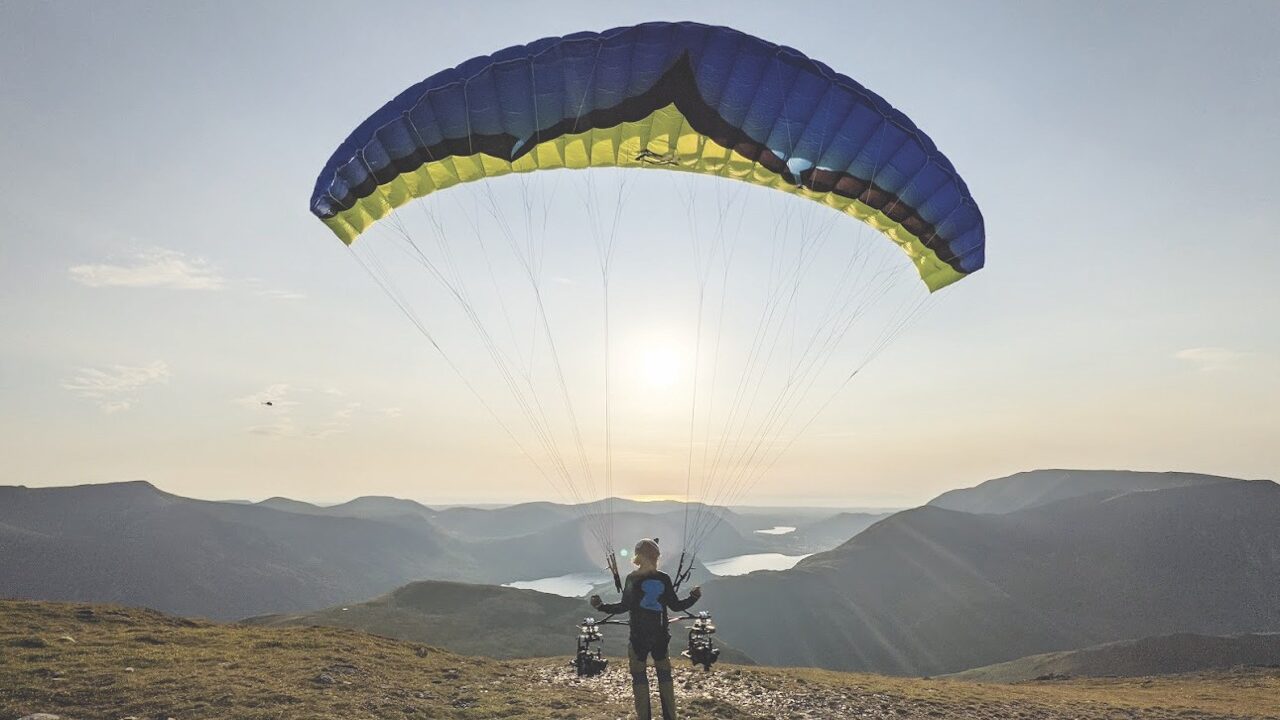
Bringing Mission: Impossible aerial stunts to life
Posted on Aug 8, 2025 by Admin
The sky’s the limit
We sit down with Dani Rose to discuss his role in bringing the Mission: Impossible franchise’s most audacious aerial stunts to life
Words Nicola Foley
The Mission: Impossible films are famous for their daring stunts and innovative techniques – and behind many of the franchise’s most thrilling sequences is CineAero, a UK-based aerial filmmaking company led by owner Dani Rose. Over the last three films, Rose and his team have pushed boundaries to create bespoke solutions that capture Tom Cruise’s jaw-dropping stunts from all sorts of audacious angles.
Rose’s introduction to the franchise came during Fallout (MI6), for which he was brought on board as a drone pilot. One of his first major sequences was flying over the cliffs of Preikestolen in Norway, capturing the film’s final scene, and his first foray into custom work followed shortly after. “I was asked to modify and fly a drone that was used on-screen by Simon Pegg’s character. The production wanted a certain look for the aircraft, so we were given an off-the-shelf machine and retrofitted it with high-end flight electronics,” he recalls. “It had to be safe to fly in close proximity to the cast and crew – a challenge under pressure!”
In 2023’s Dead Reckoning, the scope of work levelled up with the development of a lightweight multicamera array system for Tom Cruise’s motorbike jump. “It featured a custom wireless run/stop system and integrated tracking modules, so we could locate the rigs after the bikes landed in dangerous terrain. Because of the risk of rockfalls, only mountain rescue teams were authorised to retrieve the kits, so the tracking was crucial,” Rose shares. Later in the film, he engineered a body-mounted dual-camera stabilisation system for the speed flying sequence, allowing two independently controlled camera systems – using both zooms and primes – to capture Cruise in mid-air.
“It was built around professional skydiver and aerial sports expert Malachi Templeton,” says Rose. “We 3D scanned Malachi to design a carbon-fibre and aircraft-grade aluminium rig that maintained optimal balance and safety without compromising performance. We managed video, control and focus from a nearby helicopter – Malachi effectively became a flying camera platform, with two operators and two 1st ACs controlling the system remotely and a small ground support team. It was a world-first.”
In the recently released The Final Reckoning, the bar was raised again, with Rose describing the film’s biplane sequence as the biggest challenge of his career. “I was approached with the brief that Tom and director Christopher McQuarrie wanted to ‘put cameras anywhere on the plane’. These were forties-era Boeing Stearmans, not built with modern cinematography in mind.”
Working alongside DOP Fraser Taggart, stunt coordinator Wade Eastwood, the stunt team, pilots and engineers, Rose’s team undertook a complete reengineering of the airframes. “We reinforced wings, created removable exoskeletal camera frames, vibration isolation and power systems for telemetry and camera control. Every camera build was unique to the aircraft it was mounted on, and each Stearman – being hand-built – had slightly different geometry, which made consistency a challenge.
“Each airframe started with 34 sections to mount to, and we ended up with around 50 at the end of the shoot. Development was constant and always pushed the limits of aerial cinematography,” adds Rose.
As with all of CineAero’s work, safety was a key priority – with all modifications deemed airworthy and approved by flight engineers. “That included new looms for power, telemetry, camera comms and monitoring systems across all four planes. Depending on the shot, we mounted between one and six cameras per aircraft, with up to 20 cameras and 40 lenses managed in total by my very small team of camera assistants, who did an incredible job,” he elaborates. Rose credits rigging specialists Philip Kenyon and Ross Sheppard for adapting to the shoot’s evolving demands: “Everything had to be re-rigged in a matter of hours, often in extreme weather and remote locations,” he marvels.
Beyond the complex biplane work, Rose and his team also engineered a bespoke body-mounted system for a high-octane skydiving sequence featuring Cruise. “Tom wanted a rig that allowed for maximum flexibility in camera position on his body – front-facing, side-on, even underneath,” he says. “The system had to endure high-speed, high-G manoeuvres, hard parachute openings and remain stable throughout.”
To make it happen, CineAero collaborated with experts from the Red Bull Air Force as well as Allan Hewitt’s skydiving team. The result was the Snorri rig – a lightweight, modular and aerodynamically stable camera platform. “We had several variants of this device, re-engineered as we learned how the stresses of this type of stunt affected the rig,” he reveals. “The final version integrated with the parachute system and involved clever work from the SFX team at Dust Films. It’s very cool!”
Of course, none of this work happens in isolation, and Rose credits the collaboration between multiple departments needed to bring the franchise’s impressive stunts to life. “Each major stunt is broken down and passed through stunts, aerials, camera, VFX, safety and engineering. You need experts in each field who can translate a creative vision into reality, often by building something completely new,” he explains. “What makes these films unique is the level of integration across those disciplines. Seeing that level of talent come together is a career highlight.”
Working with Cruise – who does all of his own stunts – adds an extra dimension. “He’s deeply involved in every detail, especially when it comes to the aerial work. He wants to understand everything – how the rig functions, what the flight profile will be, what the risks are, how the cameras and lenses are capturing the moment and how he can deliver his best performance,” shares Rose.
“Even under extreme conditions for difficult stunts, he is always committed and thinking about the action, his position in the air, what the camera and lens are doing and how the viewer will react to his performance. It’s incredible to watch.”
Having an A-list actor performing his own stunts heightens all safety protocols, but for Rose, it was worth it to see the star in his element. “When Tom is performing a real stunt – strapped to a biplane in a steep dive, for example – you feel the weight of responsibility. But you also know you’re part of something truly special. It’s real cinema, done the hard way, and that makes it unforgettable,” he enthuses.
Looking back on his work across the Mission: Impossible films, Rose says there have been many memorable moments. “Venice during the night shoots in Dead Reckoning was special. Because of the Covid-19 lockdowns, the city was empty. We’d finish a night shoot, then sail back across the canals with no one around. It was surreal.”
Another standout experience was filming in Svalbard for Final Reckoning: “We were operating near the top of the world – on the sea ice, with polar bears nearby, in front of massive glaciers. Very few people get to see that, let alone film there. Those experiences stay with you.
“Each film has raised the bar”, he concludes. “What began as a drone shot in Norway eventually became me creating and leading my own technical teams, developing new ways to shoot aerial sequences, and engineering completely new systems for skydiving, speedflying, and biplanes.
“It’s a rare thing to be part of something where the creative trust runs that deep, and where the solutions have to be invented from the ground up. I’m incredibly proud to be part of it.”
For a deeper insight into aerial filming, take a look at our February Round Table.
This story appears in the July/August 2025 issue of Definition


